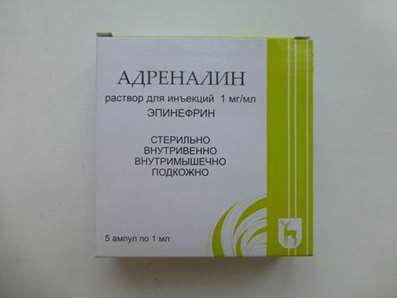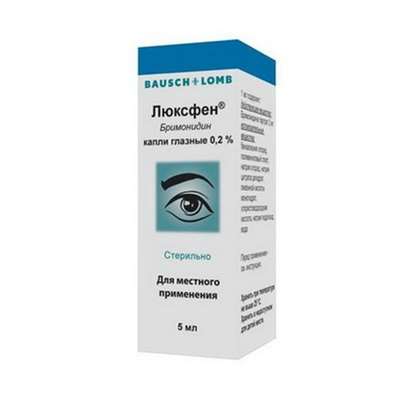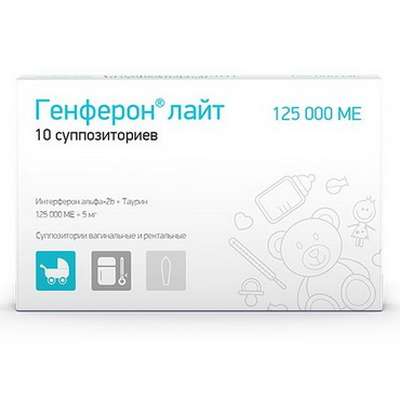Instruction for use: Glucose
I want this, give me price
Dosage form: Solution for intravenous administration, Solution for infusions, Substance-powder, tablets
Active substance: Dextrosum
ATX
B05BA03 Carbohydrates
Pharmacological groups
Means for enteral and parenteral nutrition
Substitutes for plasma and other blood components
The nosological classification (ICD-10)
E46 Protein-energy insufficiency, unspecified: Defective food; Unbalanced nutrition; Period of intensive growth; Period of intensive growth and development; Oral nutrition; Alimentary dystrophy; Alimentary-infectious dystrophy; Protein deficiency; Protein fasting; Protein-caloric insufficiency; Protein-energy insufficiency; Feeding preterm infants; Pronounced protein deficiency; Exercising preterm infants; Hypotrophy; Hypotrophy in children; Protein Deficiency; Dystrophy; Neonatal dystrophy; Additional parenteral nutrition; An additional source of amino acids; An additional source of essential amino acids; Probe or oral nutrition; Probe food; Probe enteral feeding; Modified protein metabolism; Violation of protein anabolism; Violation of protein metabolism; Violations of protein metabolism; Lack of amino acids; Insufficient protein supply; Insufficient amino acids; Insufficiency of food protein; Insufficiency of nutrition during the period of intensive growth; Low protein content in the diet; Normalization of violations of the amino acid balance
Composition and release form
Solution for infusion - 1 liter
Glucose dehydrated 50 g
Corresponds to glucose monohydrate - 55 g
Auxiliary substances: hydrochloric acid; water for injections
Theoretical osmolarity - 277 mosm / l
In the bottle 500 ml; In a pack of cardboard 1 bottle.
Solution for infusion - 1 liter
Glucose dehydrated 100 g
Corresponds to glucose monohydrate - 110 g
Auxiliary substances: hydrochloric acid; water for injections
Theoretical osmolarity - 555 mosm / l
In the bottle 500 ml; In a pack of cardboard 1 bottle.
Pharmachologic effect
Mode of action - Hydrating, detoxifying.
Indications of the drug Glucose
Hypertensive dehydration; Parenteral nutrition; Study of kidney function in dehydrated patients (10% solution).
Contraindications
Hypotonic dehydration.
Dosing and Administration
IV by drop infusion, 5% solution was administered with a maximum speed of 7 ml / min (150 drops / min, 400 ml / h); the maximum daily dose - 2000 ml; 10% - up to 3 mL / min (60 drops / min), the maximum daily dose - 1000 ml. B / in the jet - 10-50 mL of 5 or 10% solutions.
Adults with normal metabolism of glucose injected daily dose should not exceed 6.4 g / kg, i.e. about 250-450 g / day (with a decrease in metabolic rate is decreased to a daily dose of 200-300 g), the volume of fluid injected - 30-40 ml / kg / day.
Babies for parenteral nutrition, along with fats and amino acids, is administered on the first day 6 g glucose / kg / day in the future - 15 g / kg / day. When calculating the dose of glucose when administered 5 and 10% solutions have to take into account the allowable amount of fluids: for children weighing 2-10 kg - 100-165 ml / kg / day, 10-40 kg - 45-100 ml / kg / day.
injection speed in the normal state of maximum metabolic rate of administration to adults - 0.25-0.5 g / kg / h (with a decrease in metabolic rate is decreased to the rate of introduction 0.125-0.25 g / kg / h). The children - are not more than 0.5 g / kg / h, which amounts to 5% solution of about 10 ml / min or 200 drops / min (20 drops = 1 ml).
For a more complete uptake of glucose administered in large doses administered simultaneously with insulin at the rate of 1 IU insulin per 5.4 g of glucose. Diabetes when administered drug to control glucose levels in blood and urine.
Precaution measures
It is not recommended to use it with blood, canned ACD solution. Use with caution when losing a large number of electrolytes.
Storage conditions of the drug Glucose
At a temperature of 15-25 ° C
Keep out of the reach of children.
The shelf life of the drug Glucose
3 years.
Do not use beyond the expiration date printed on the package.

 Cart
Cart





